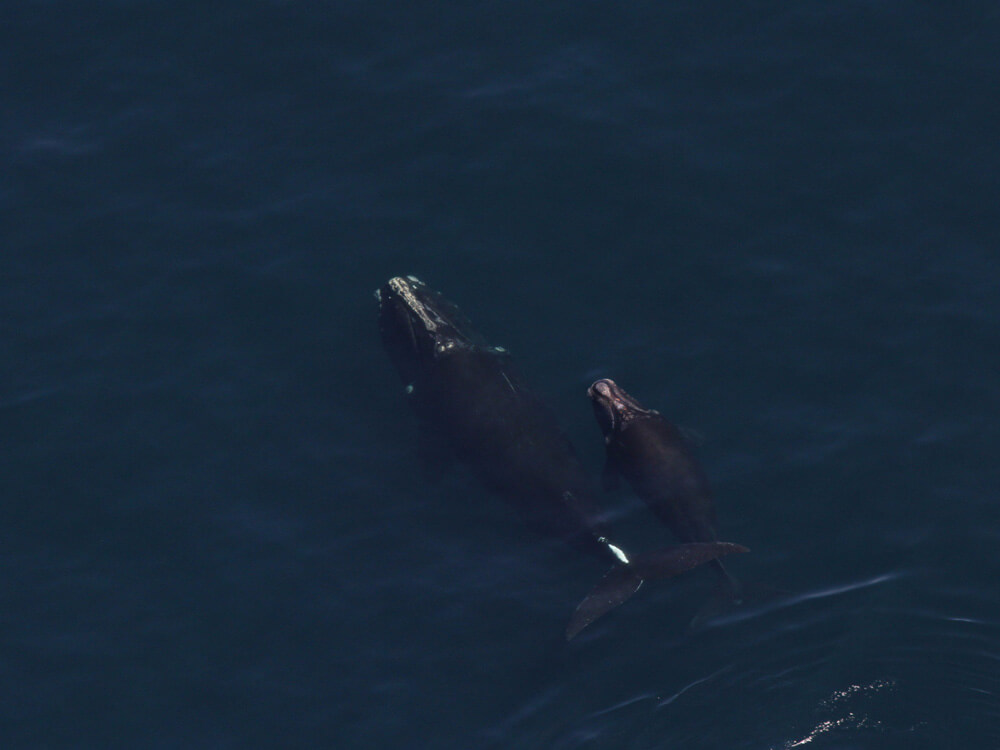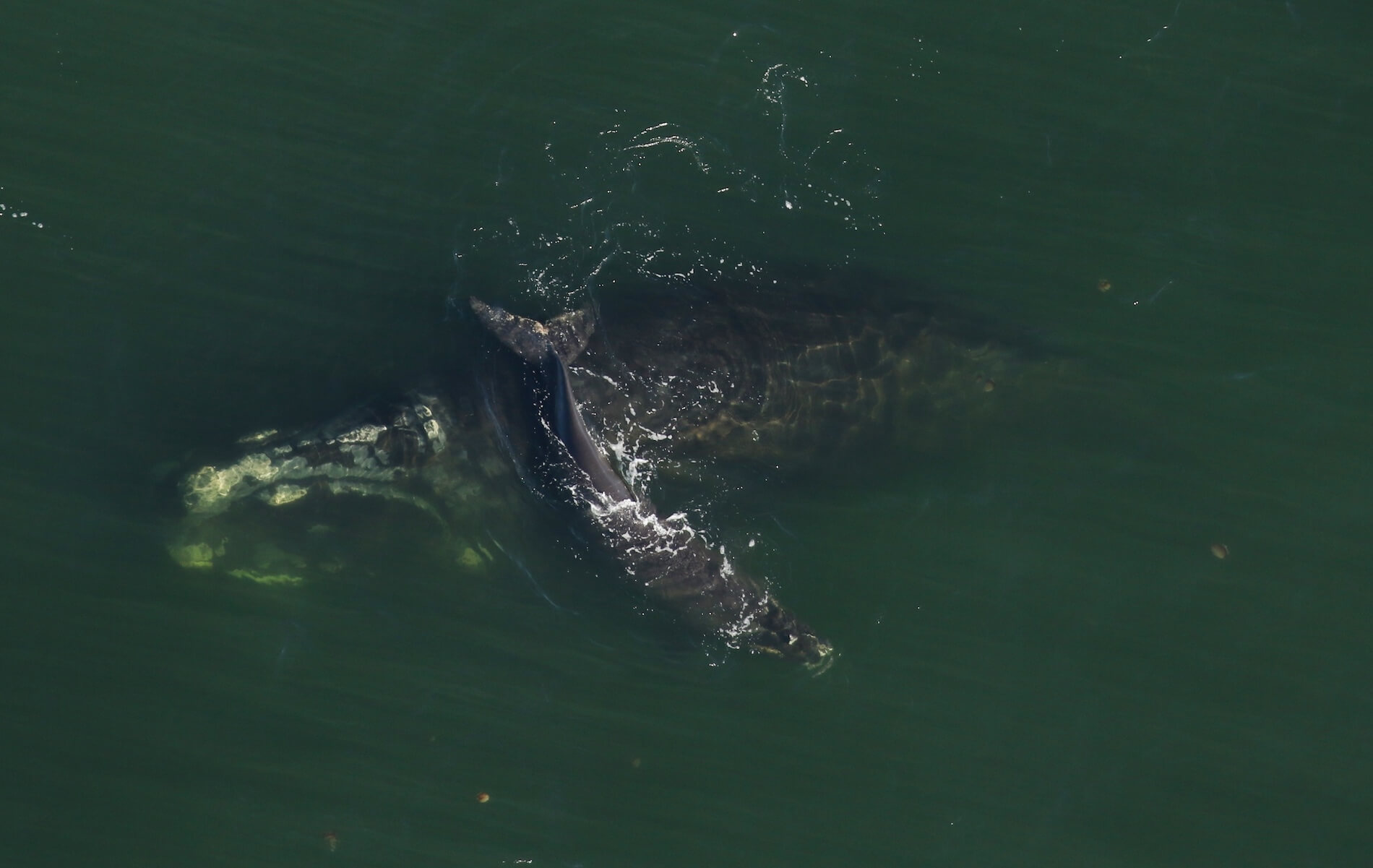How many North Atlantic right whales are left in the world? If the answer today hovers around 400, for researchers, the more important question is to know whether the population will continue its decline or if there is hope for a recovery. The birth of 10 calves this year offers a glimmer of hope.
Declining since 2010
“The story of the North Atlantic right whales is heading towards a slow tragedy.” Charles “Stormy” Mayo, director of the right whale ecology program at the Center for Coastal Studies based in Princeton, Massachusetts, is not overly optimistic when it comes to this species.
Although these portly giants found themselves in the spotlight in Canada in 2017 due to an abrupt and significant die-off in the St. Lawrence, the species’ woes date back further than that. “Since 2010, there has been a gradual decline in the population, which is a long-term problem. It’s simple, if we don’t change anything, they’ll disappear,” says Charles Mayo.
Since it is impossible to count each and every individual in a population one by one, scientists rely on a statistical study based on various observation and aerial survey data collected over the past few decades. In this study, it is noted that, following the ban on whaling, the North Atlantic right whale population was trending upward until 2010. At that time, the species was estimated to number nearly 500 individuals. Since then, however, it’s been in a free fall.
In 2018, the population was believed to be just 411. “In the meantime, a number of carcasses have been found… and we know that the mortality rate is higher than the number of carcasses found, explains the director of the right whale ecology program. That is why today, I believe there are less than 400 of them in the world.”
The causes of the decline? “They are not precisely identified, but they are probably multi-factorial,” replies the researcher. Entanglement in fishing gear and collisions with vessels appear to be the main causes of mortality, but these are also likely contributing factors to overall poor body condition, which in turn can affect reproduction rates.
Long-awaited births
Given the species’ high mortality rate – in three years, approximately thirty carcasses were found, representing 7% of the total population! – it is important that this be offset with a high birth rate to avoid an inevitable decline. Unfortunately, only three calves were tallied in 2017, and none in 2018.
Ray of hope in 2019: the North Atlantic Right Whale Consortium (NARWC) finally notes an improvement, with seven births, including the first calf for one young female (#4180). This year, the umbrella group of organizations has recorded ten births, in addition to another new breeding female . Unfortunately, #2360, a.k.a. “Derecha”,’s first calf suffered a collision just a few weeks after birth. Seriously injured, the calf was the subject of an ambitious intervention consisting of the administration of antibiotics; however, the mother-calf pair has not been seen since then and the outlook is not very good.
[Update 30/06/2020] Second hard blow in early summer 2020: the first North Atlantic right whale carcass found this year is that of a male calf, the son of #3560. His injuries indicate a very likely collision with a boat. This makes at least two deaths among the ten births of the year.
Despite these mixed results, Scott Krauss, a researcher at the New England Aquarium in Boston, chooses to remain optimistic. In NARWC’s most recent newsletter, he writes: “Although North Atlantic right whales are declining rapidly, we must resist the notion that they are destined to go extinct. In the 1980s there were fewer than 300 whales, and by 2010 there were nearly 500. As long as we can stop the killing, they will come back again.”







